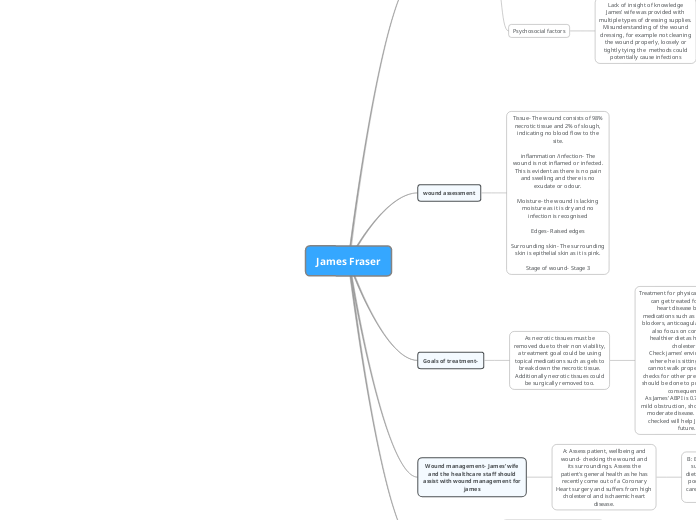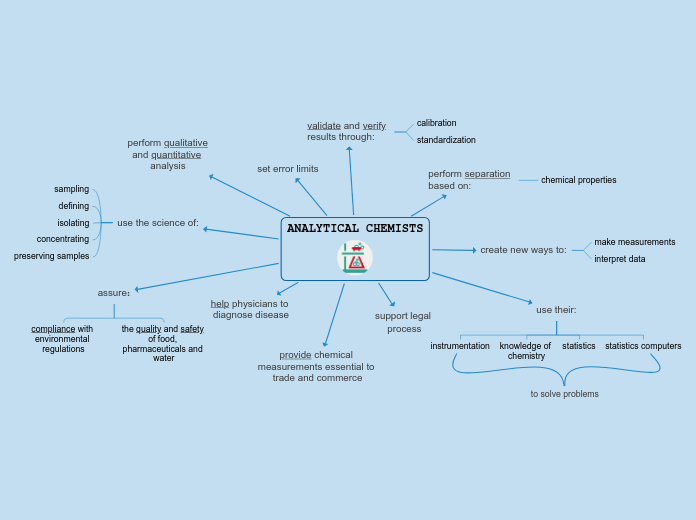Isolation, Cultivation, and Identification of Viruses
Viral Identification
Polymerase Chain Reaction (PCR): SARS and West Nile Virus IDed
restriction fragment length polymorphisms (RFLPs)
Serological method = Western blotting commonly used
IDed by reaction with antibodies
need electron microscope
Growing Animal Viruses in the Lab
Lines
a lot of samples are sent to central labs to avoid above problem
major problem is that cell lines must be kept free of microbial contamination
Continuous Cell Lines
HeLa cell line cancer from woman who died in 1951
immortal cell lines
indefinite number of generations
Primary Cell Lines
diploid cell lines from human enbryos can be used for 100 generations
die out after a few generations
derived from tissue slices
In Cell Structures
cytopathic effect (CPE): cells of monolayer deteriorate as they multiply
more convenient to work with
preferred type of growth medium
In Embryonated Eggs
why asked if allergic to eggs before receiving vaccination
viral growth
pocks and lesions on egg membrane
embryo cell damage
death of embryo
In Living Animals
recent studies with mice have been used to study replication
some human viruses can't be grown in animals: AIDS
inoculation for diagnosis
Growing Bacteriophages in the Lab
can be grown on solid media
plaque forming units (PFU)
plaque method: clearings and turbidity
can be grown in liquid suspension









